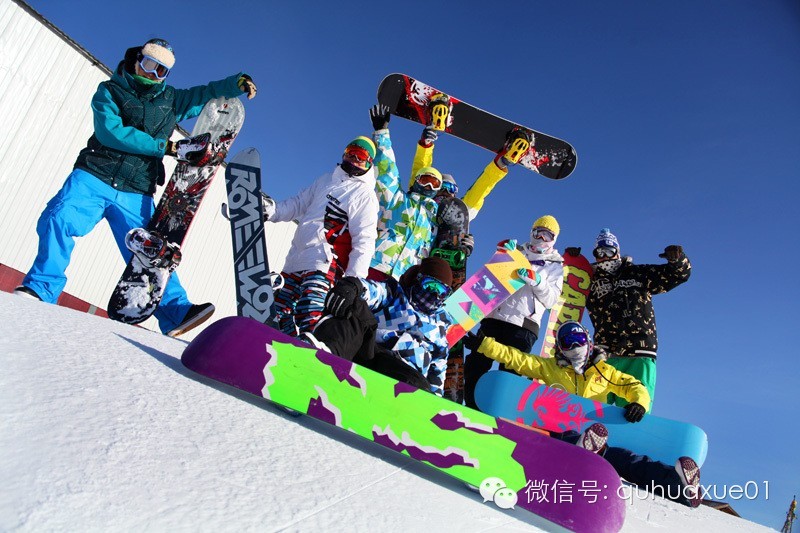"Common Mistakes" Beginners Make When Learning to Ski—Start with the Theory, Then Hit the Slopes!
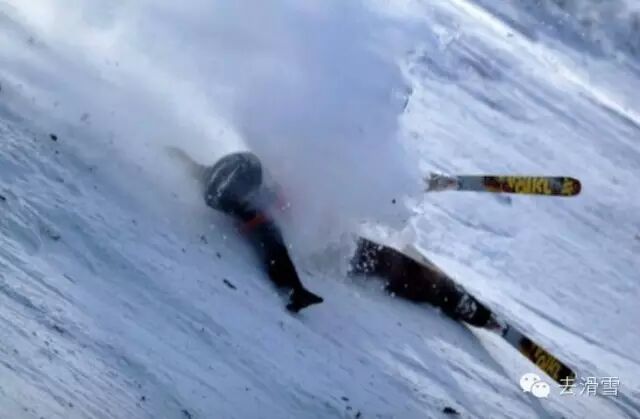

As a "beginner" ski enthusiast hitting the slopes for the first time, if you want to truly experience the joy of skiing and master the sport, it’s essential to familiarize yourself with some key techniques and theoretical knowledge—rather than simply slipping into your gear and heading straight onto the slopes. While consistent practice will undoubtedly help skiers get into the rhythm faster and improve their skills, it must always be grounded in a solid understanding of the fundamental aspects that make skiing such an exhilarating and rewarding activity.

>>> The center of gravity for skiing movements
➤Error: When a beginner skier is practicing on the practice slope, most people fail to master the ski "center of gravity." For beginners, most falls occur precisely because their center of gravity shifts too far backward.

(It’s clear at a glance that this girl has her body weight shifted backward—her correct standing-up posture should involve rising sideways.)
➤ Correct: Beginner skiers need to master the proper gliding posture—your center of gravity should be forward, with your body leaning slightly ahead and relaxed. It’s exactly like the stance shown in the image below!
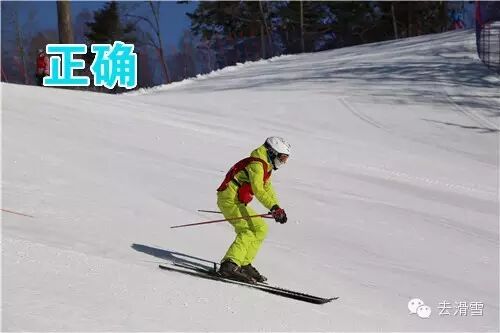
>>> The Importance of Brakes
What do you think about someone daring to head onto the ski slope without even knowing how to brake? Just like driving a car without the ability to stop—attempting to ski without mastering basic braking skills is equally dangerous. When you’re first getting started with skiing, it’s crucial to learn some fundamental techniques. Not only will this keep you safe, but it’ll also prevent you from accidentally putting others at risk.
➤Plow Brake: The plow brake, commonly known as the "in-toed" brake, is a crucial skiing technique. Mastering this skill allows you to control your speed and fully enjoy the thrill of skiing.
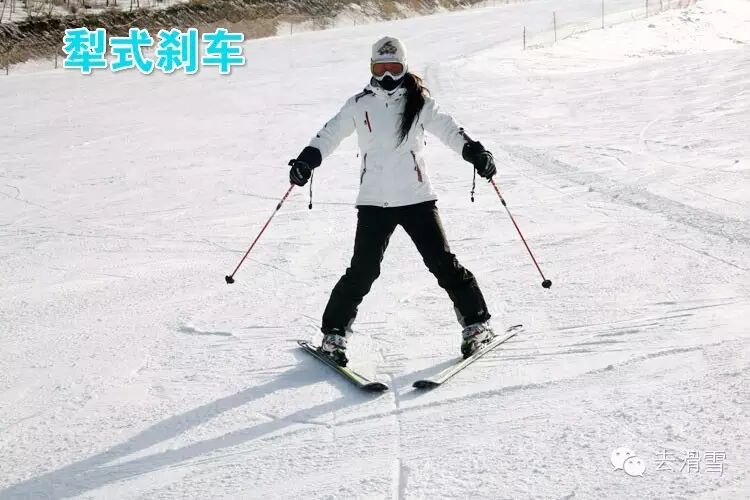
☞ Error: The center of gravity is too far back, leading to uneven leg effort, an unstable upper-body sway, and a backward lean. As a result, the tails of the two boards fail to push apart properly, causing the boards to cross and resulting in a fall.
☞ Correct: Apply even pressure with both legs, shift your center of gravity forward, keep your knees pressed against the edges of the shoes, maintain an upright upper body, and firmly push with the tails of both boards while adopting an inward-facing, V-shaped stance. The key point of force application lies on the inner edges of the boards.
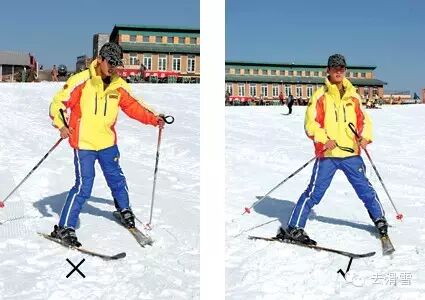
>> > Plow Turn
☞Error: The body is unstable, leaning too far forward, with excessive twisting of the hips during weight transfer—so much so that the weight shift actually reverses, causing the rider to slump backward. As a result, the two boards end up crossing over each other, inevitably leading to a fall.
☞ Correct: Based on the wedge turn, when turning left, shift all your weight to the right side, apply slight pressure with your right leg, and gently relax your left leg as it naturally follows the movement—lightly gliding across the snow—to execute the turn to the right. Reverse the process for turning in the opposite direction.

>>> The correct falling posture is crucial.
Why do your knees hurt after skiing? Answer: It’s because you’re moving against the natural direction of your knees. When we fall, our body instinctively curls up or uses specific movements to protect ourselves from injury. But skiing is different—since you’re wearing skis on your feet, if you don’t fall in the same direction as your knees naturally move, your poles or skis could easily cause harm to your body. This is actually one of the main reasons behind knee pain while skiing. So, instead of twisting your knees, make sure to practice following their natural alignment.

(This pose is dangerous.)
➤ Key points for the correct falling posture:
☞ Don’t struggle when you feel your center of gravity shifting backward and you’re about to fall.
☞ Keep your legs on one side when you fall to prevent sprains.
☞ Choose to fall either to the left or to the right.
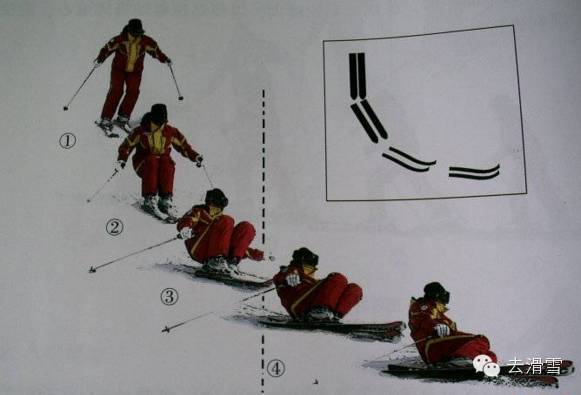
➤ How to get up after a fall:
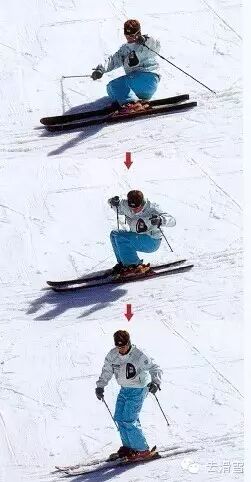
▷Tip: Many beginner skiers have tried this method, but failed to stand up because they were applying force in the wrong direction. The easiest way to avoid falling is simply to take your skis off.


![[Event Registration] Join the 2nd session of the Go Skiing Network event: Enjoy 2 Days of Smooth Gliding at Duolemeidi](https://api.zsiga.xyz/mp-weixin-attachment/cover/19/400541419_1.jpg)
